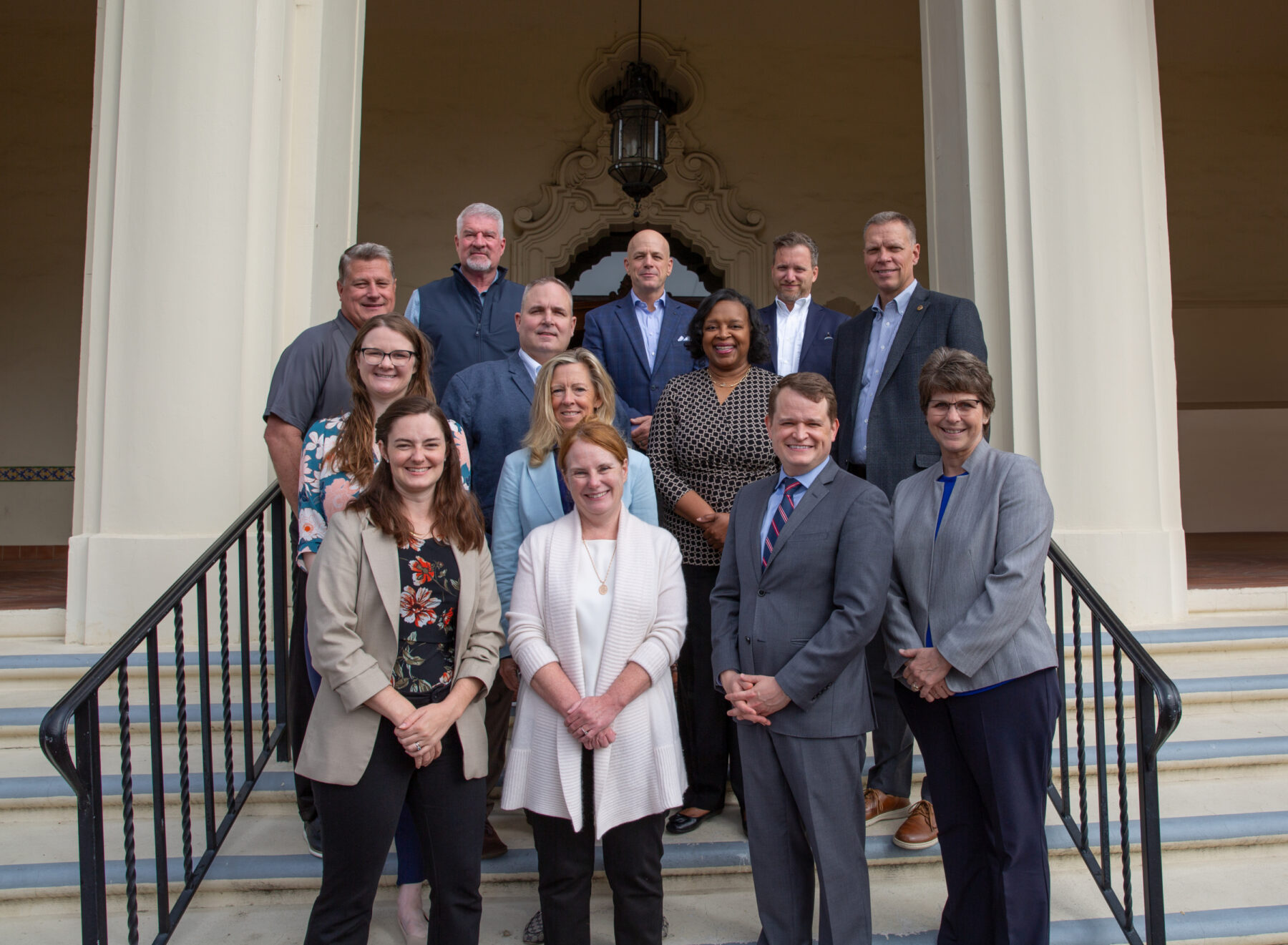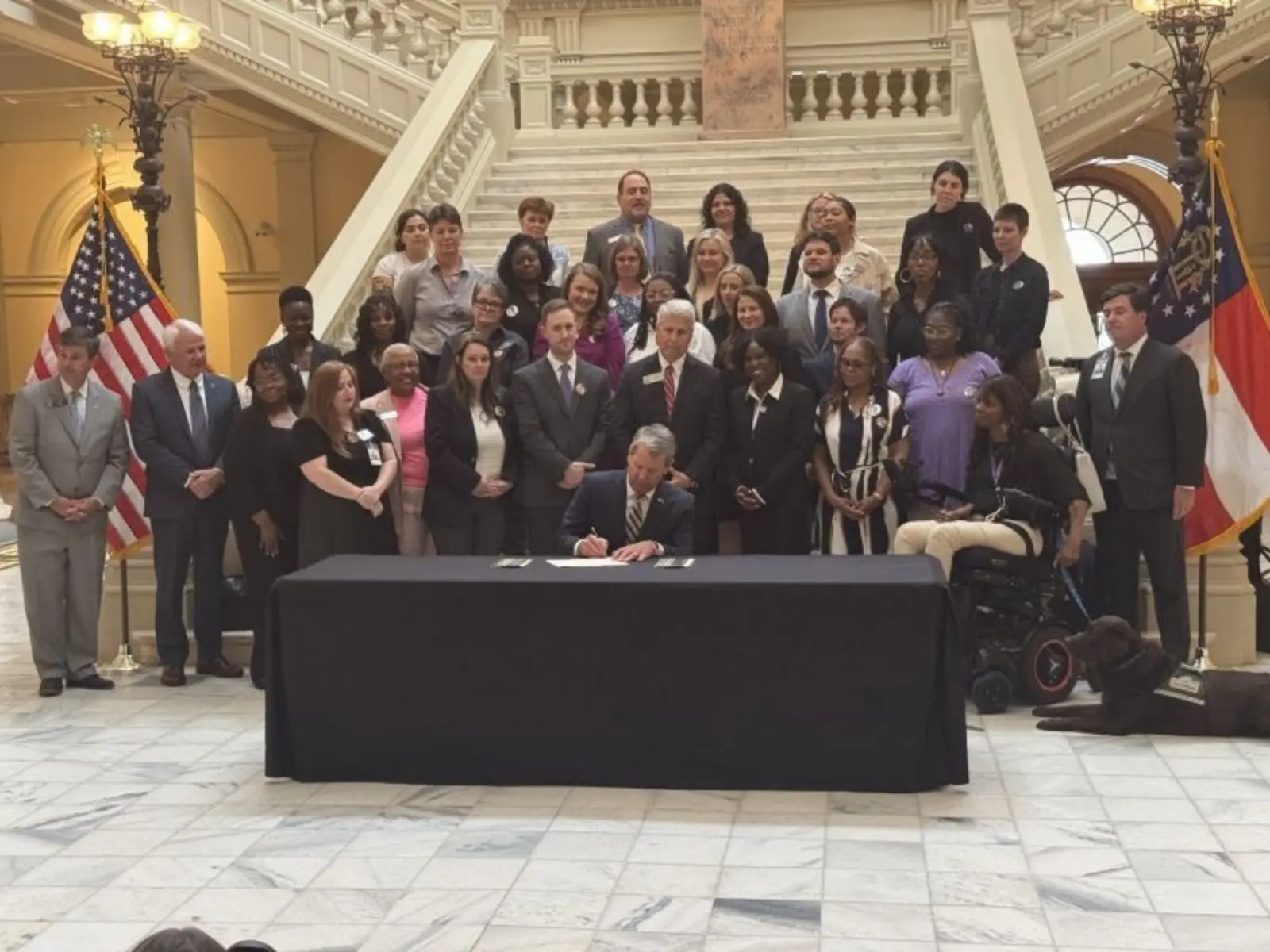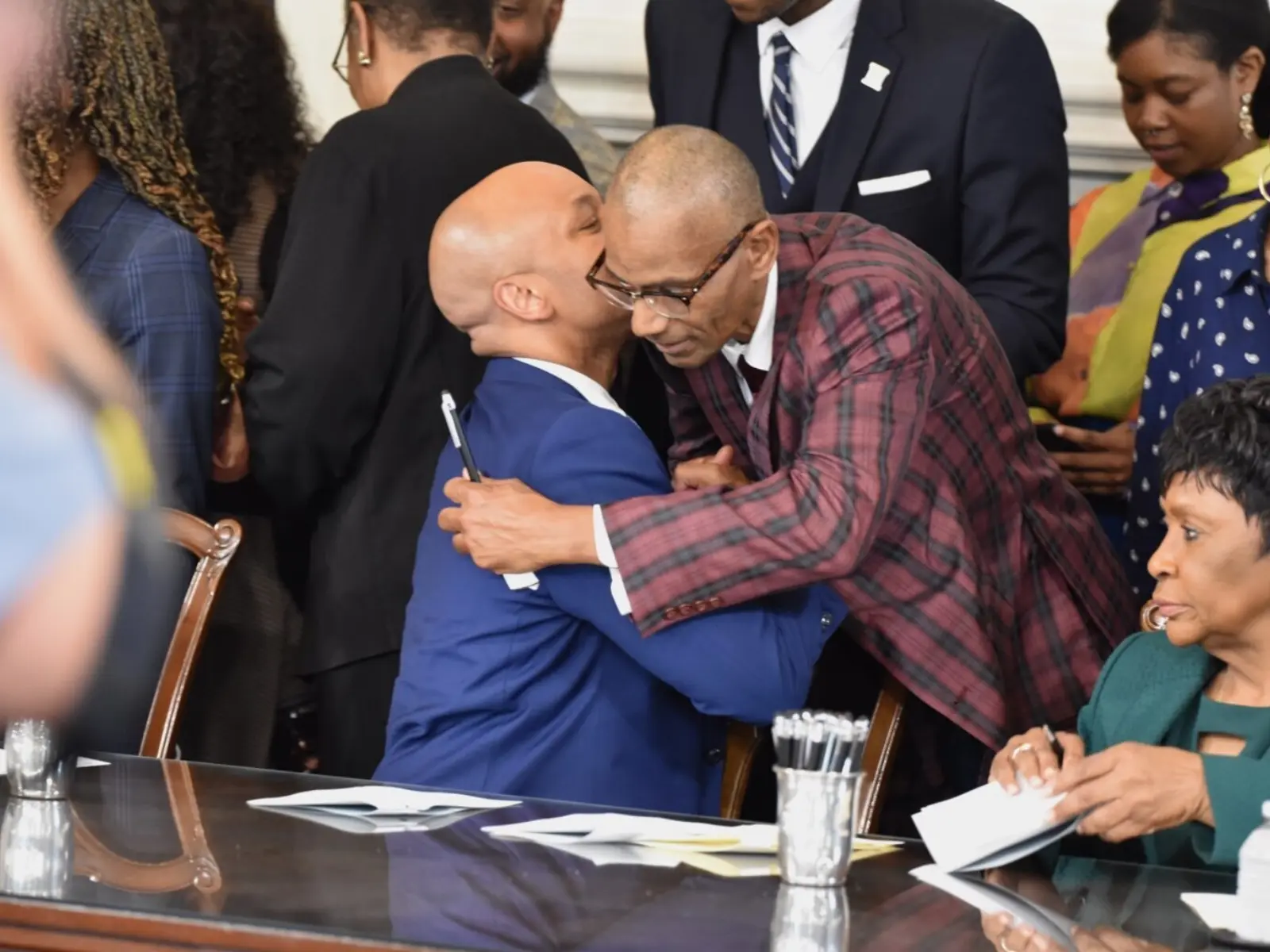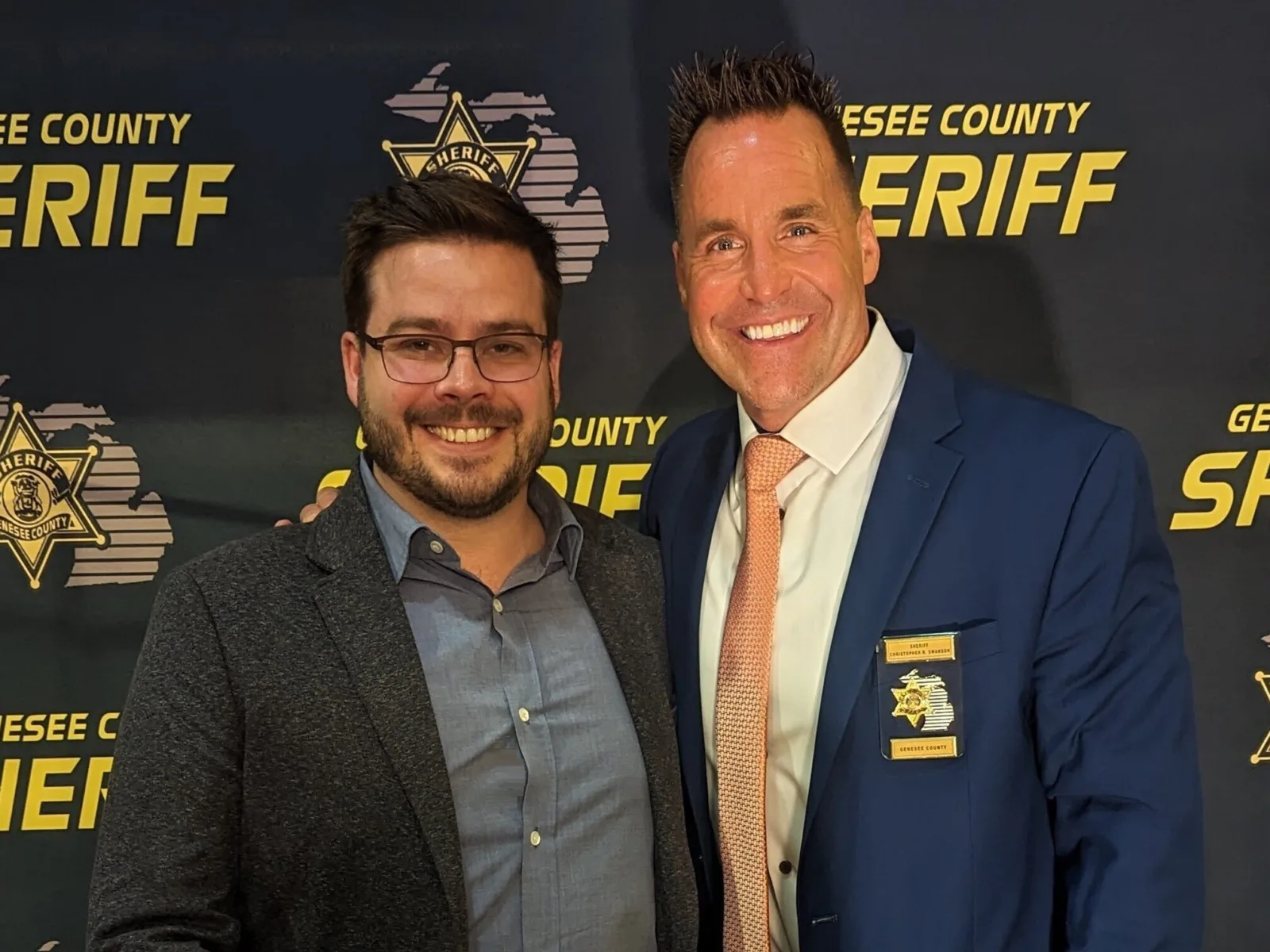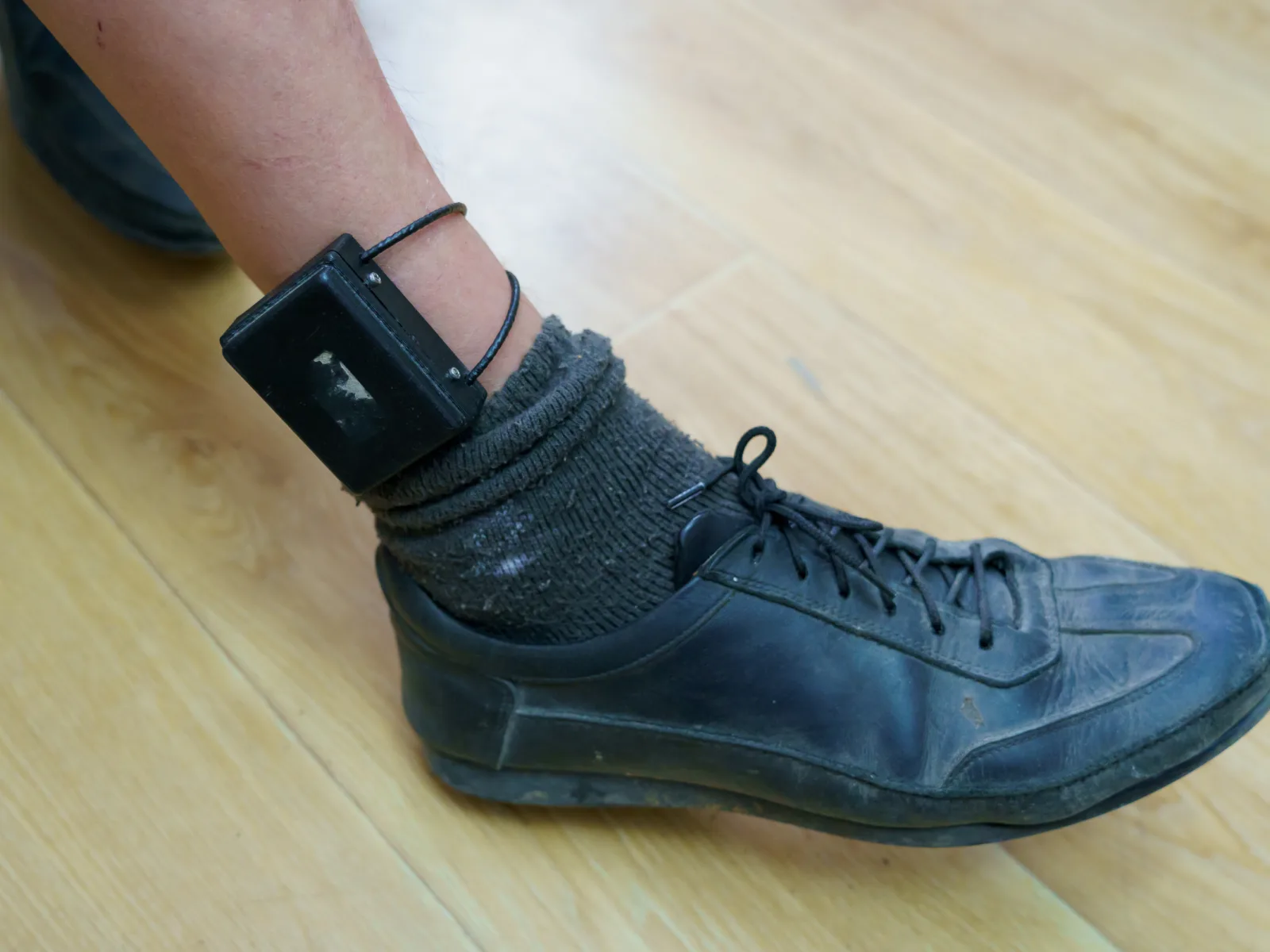Public safety remains a top concern for Americans nationwide. At the state level, governors play an important role in ensuring public safety by establishing justice policy priorities and taking action to implement innovative solutions. To do so, many governors rely on their public safety cabinet members and other executive and policy officials.
One such person is Stan Hilkey, executive director of the Colorado Department of Public Safety. A former sheriff, Hilkey has prioritized evidence-based pretrial strategies, such as using risk-assessment tools that help officials make objective decisions about whether to hold defendants in jail before trial.
He has also made successful investments in addressing elevated rates of car theft, leading to reductions of 20% for each of the last couple of years. Hilkey says that auto theft is an important area for violent crime reduction given its nexus to car-jackings, aggravated assaults, dangerous pursuits, and officer-involved shootings.
“Every governor in America right now is talking about how to deal with crime rates,” Hilkey says.“Our governor is investing heavily in prevention work, with multi-disciplinary partnerships between community nonprofits, local government, and local law enforcement. The research says that it is the right kind of work to do.”Stan Hilkey, executive director of the Colorado Department of Public Safety
Recently, state leaders like Hilkey began coming together to share ideas that can help make their criminal justice system more effective and their communities safer. The Consortium of Public Safety Executives, a project run by the National Governors Association’s (NGA), is a first-of-its-kind, nonpartisan effort that convenes executive staff from gubernatorial offices across the country to discuss specific challenges and provide guidance on best practices.
Arnold Ventures (AV) is supporting the effort to bring these executives together. Marc Krupanski, director of criminal justice policy at AV, explains that the consortium has potential to improve state law enforcement responses to common issues like mental and behavioral health crises, low crime-solving rates, and recruitment and retention challenges — all using evidence to guide good policy.
“The idea is to bring a network of executives together and talk about pressing challenges,” Krupanski says.“We are discussing what the evidence tells us, who is trying something new, and how we can learn from each other.”
Birth of the consortium
Improving government effectiveness is a foundational principle of NGA. Created in 1908 by President Theodore Roosevelt, the organization serves as a nonpartisan resource for governors and their cabinet members, state policy experts, Congress, and private enterprise. Today, one of NGA’s chief functions is to work with state leaders to collect and synthesize information about what their offices are doing in a variety of policy areas and provide a forum for those leaders to talk about emerging challenges and cutting-edge, evidence-based solutions.
Launched in 2023, the Consortium of Public Safety Executives reflects this goal. “Prior to this, there really was not an organization or a space where governors’ executive public safety staff could come together, share best practices, and discuss the challenges and successes they are having,” says Ken Hardy, program director of the Public Safety and Legal Counsel of NGA.
At a yearly in-person convening of the consortium, secretaries of public safety like Hilkey gather to break down silos and share ideas about pressing issues. Monthly phone meetings offer a regular opportunity to solicit topics from members, bring in expert researchers and practitioners, and share information across state lines. NGA also provides technical assistance to members, guiding them in real time on research, practice, and promising policies.
A key to these discussions is following the evidence. “Evidence has become a cornerstone of good governance,” Hardy says. “Governors want to make sure that their work will have the effect they want it to. The worst thing anyone can do is champion a reform and then have it not work because it was not based on evidence.”
Ideas across the country
The guiding goal of the consortium is to spread ideas that have potential to reduce crime and make communities better places to live. Andrew Peck, undersecretary of criminal justice for the Executive Office of Public Safety and Security under Massachusetts Gov. Maura Healey, is part of a small steering committee that helps set the group’s agenda. Recently, the committee has prioritized issues like improving the rate at which homicides are solved, mental and behavioral health crisis response, staffing challenges, car theft, and school safety.
Massachusetts has both given and received ideas through participation in the consortium, Peck notes. For instance, some jurisdictions in the state have a co-responder model that sends social workers to mental health calls and creates diversion opportunities to avoid arrest and jail. Through participation in the consortium, Peck has been able to share the state’s experience with this model.
“Unfortunately, the criminal justice system is the de facto mental health treatment provider for many people,” Peck says. “With the co-response model, Massachusetts has been out in front, but that does not mean that we are the end-all-be-all, so it is good to talk to other jurisdictions and hear how they are approaching the problem.”
“It is like a learning lab,” he adds.
Hilkey is also a member of the steering committee. In Colorado, he says, many of the state’s newer public safety measures were informed by the consortium’s meetings and the relationships he has formed with executive staff from other states — especially neighbors like Utah, Wyoming, and New Mexico.
“It is not uncommon for me to call up a neighboring state and say, ‘How are you handling this? What successes have you had?’” Hilkey says. “And those relationships would not exist without this group.”
Specifically, his office is exploring a domestic violence reduction strategy they learned about from Utah’s Statewide Information and Analysis Center. “Learning about the innovative ideas of other state partners and replicating their success is a great example of the benefit of the consortium.”
In Utah, Commissioner Jess Anderson, appointed by Gov. Spencer Cox to oversee the Department of Public Safety and be his Homeland Security Advisor, also values that the consortium provides a forum to build relationships with his counterparts in other states.
Anderson says that the consortium’s emphasis on data has been helpful in guiding Utah’s crime prevention programs. In considering programs to reduce drunk driving, for example, his office analyzes crash and arrest data to identify trends and inform enforcement campaigns. The state is also facing a high rate of fentanyl overdose and is using data to help its Fentanyl Task Force investigate and intervene in drug trafficking patterns in an attempt to cut the negative impacts of the drug on communities across the state.
“I recognize that I do not have all the solutions, but when we work together, we can bounce ideas off each other and come up with solutions,” Anderson says. “What has been most effective about the consortium is being able to see what others are doing.”
Next steps
In order to maintain momentum, the consortium makes it a priority to bring in new members, especially after election years. Over the coming months, they will be reaching out to staff from states with new governors and planning a virtual introductory call with them. It will also hold a call that includes all members, with a focus on workforce recruitment and retention.
In general, the consortium conducts an evaluation after each meeting, asking what its members found helpful or would do differently. One of the key takeaways each time is that executives value getting to hear what other states are doing. Often, Hardy says, executives do not have time to seek out solutions on their own, but when they learn about a new strategy at the consortium’s meetings, they want to adopt it. All are driven by a desire to make positive changes that could improve the safety of their states’ residents.
“States really want to know what is evidence-based and what is working in other states,” Hardy says. “They want to replicate those things. Being able to collaborate and break down interstate silos is what allows that to happen.”

